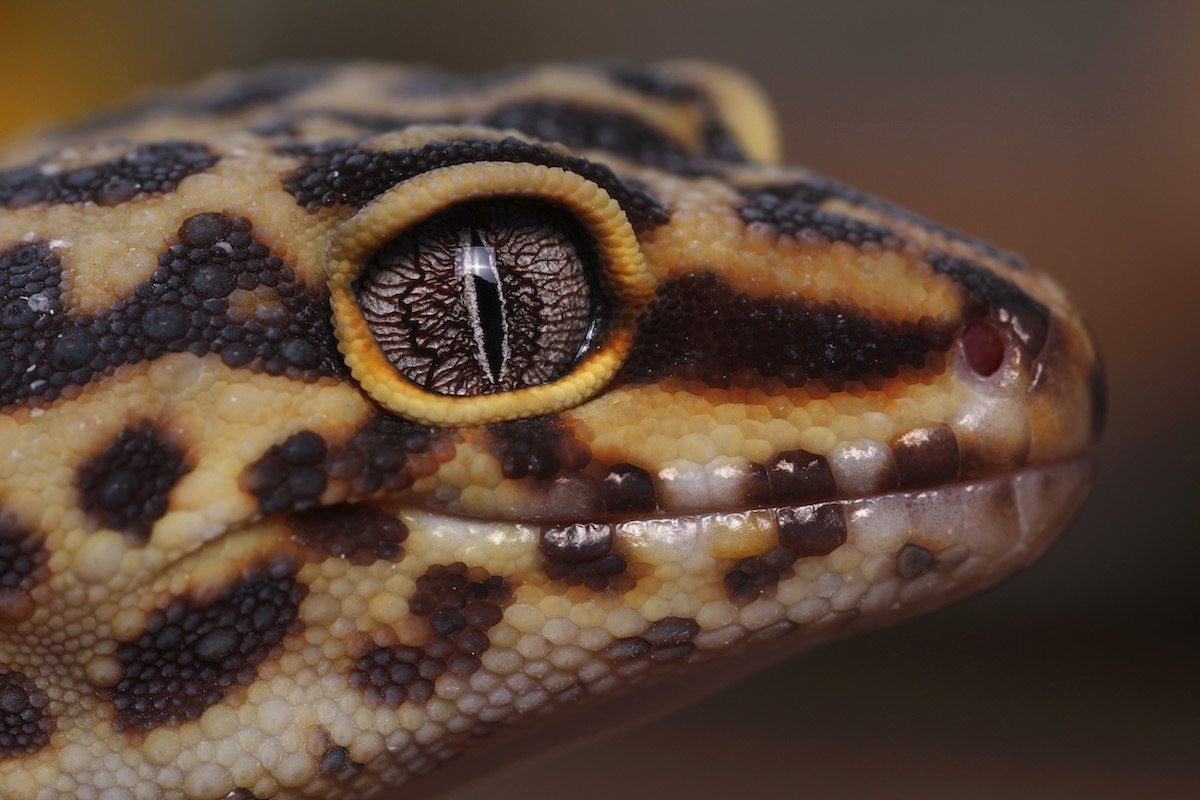
“Leopard Gecko,” by Jack Olive, age 17. Winner, Young Photographer of the Year. “The leopard gecko stared down the lens allowing me to take this picture. I also wanted to show the yellow and black scale pattern as well as the beautiful eye.”
Over 2,500 photographs were submitted to the UK Royal Society of Biology‘s annual photo competition. Each year, amateur photographers and youth photographers are asked to enter their best biology photographs that demonstrate a particular theme. For 2018, “Patterns in Nature” was the directive and more than 900 photographers participated in one of the two competitions.
Roberto Bueno won Photographer of the Year for his interesting image of larvae trails left on leaves in Canada’s Yukon valley. Seventeen-year-old Jack Olive was awarded top honors as Young Photographer of the Year for his striking portrait of a leopard gecko staring down the camera. The two photographers’ diverse interpretations of the theme is something that is carried over into the shortlisted entries.
Whether focusing in on microscopic details or discovering natural patterns in the way animals move, the winners and finalists all expose just how many patterns exist in nature. With the youngest finalist at just 10 years old, it’s also incredible to see how a love for biology spans such a wide age range.
For taking home the top award, Bueno received £1,000, while Olive was awarded £500 for winning the youth competition.
“Patterns in Nature” was the theme of the 2018 UK Royal Society of Biology Photography Competition.
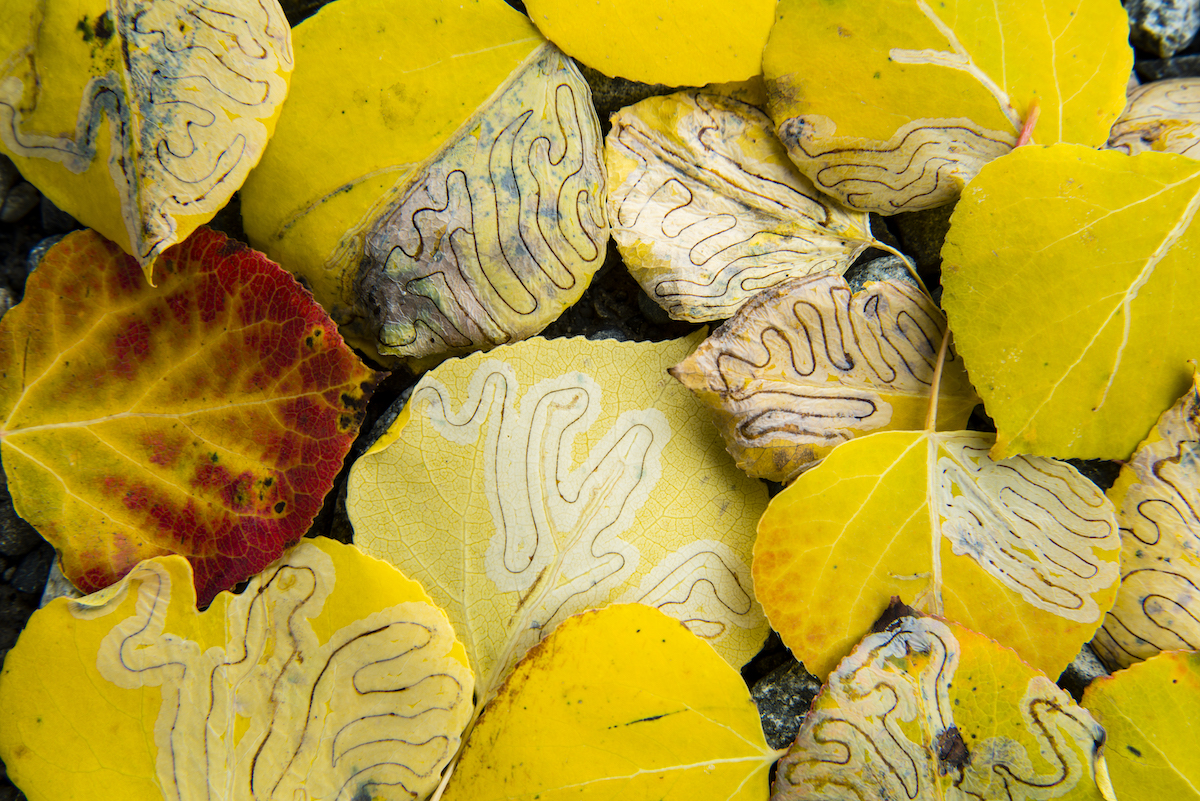
“Trails of life,” by Roberto Bueno. Winner, Biology Photographer of the Year. “The forests of the North are beautiful in autumn, with the variety of colours of the trees. A little larvae is an autumnal surprise in the northern woods of Alaska and Yukon. The feeding behaviour of aspen leaf miner (Phyllocnistis populiella) larvae, on the leaves of aspen (Populus tremuloides), make interesting patterns, with intricate trails on every leaf. The floor of the yellow forest becomes a new world to enjoy nature.”
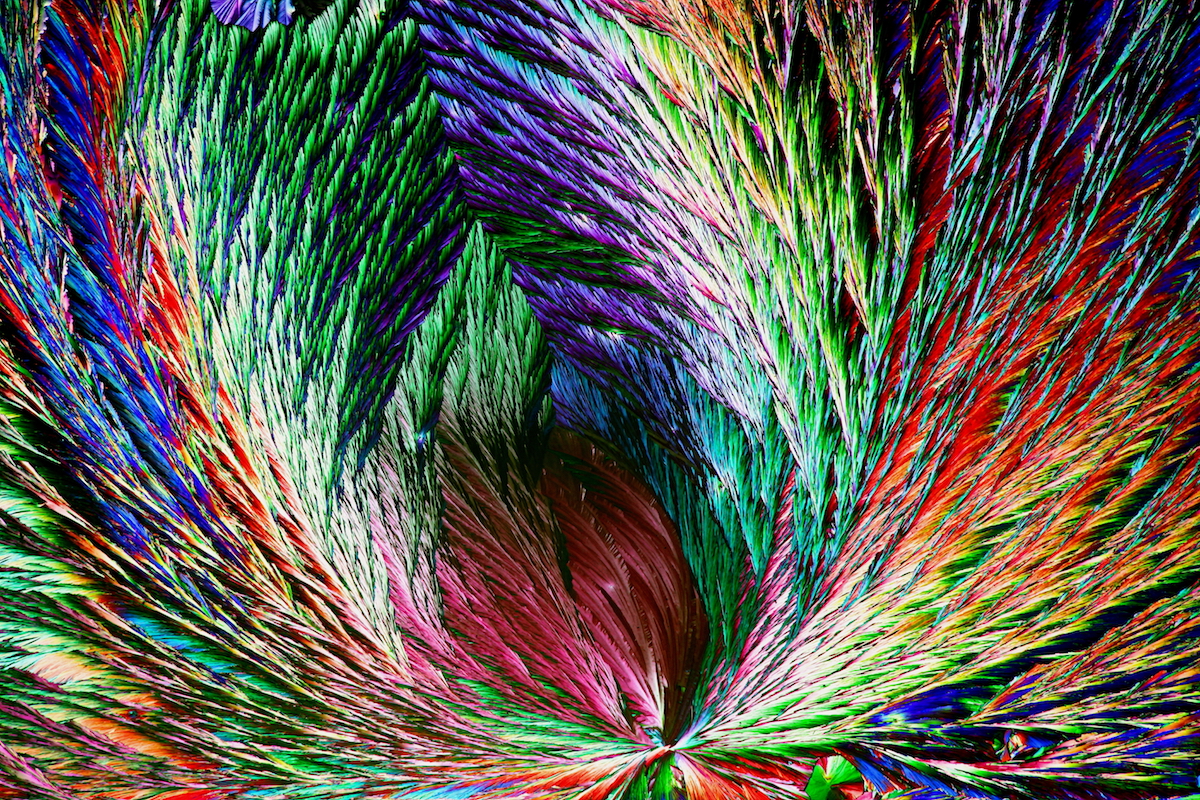
“Organic crystals,” by Henri Koskinen. Biology Photographer of the Year shortlist. “Citric acid in crystal form. Citric acid is a weak organic acid that occurs naturally in citrus fruits. In biochemistry, it is an intermediate in the citric acid cycle, which occurs in the metabolism of all aerobic organisms.”
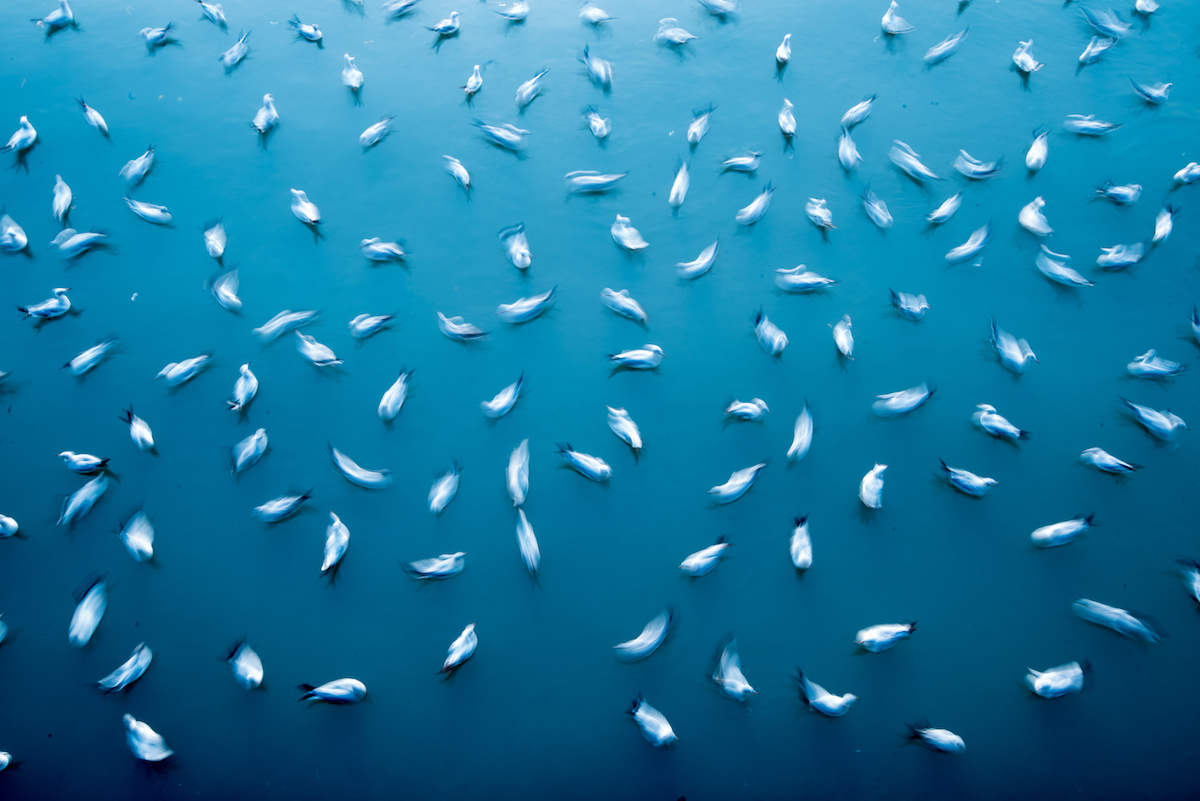
“Flock of seagulls,” by Viraj Ghaisas. Biology Photographer of the Year shortlist. “I shot this image near the gateway of India. In winter, these birds congregate in several places where the locals have made it a daily ritual to feed them junk food.”
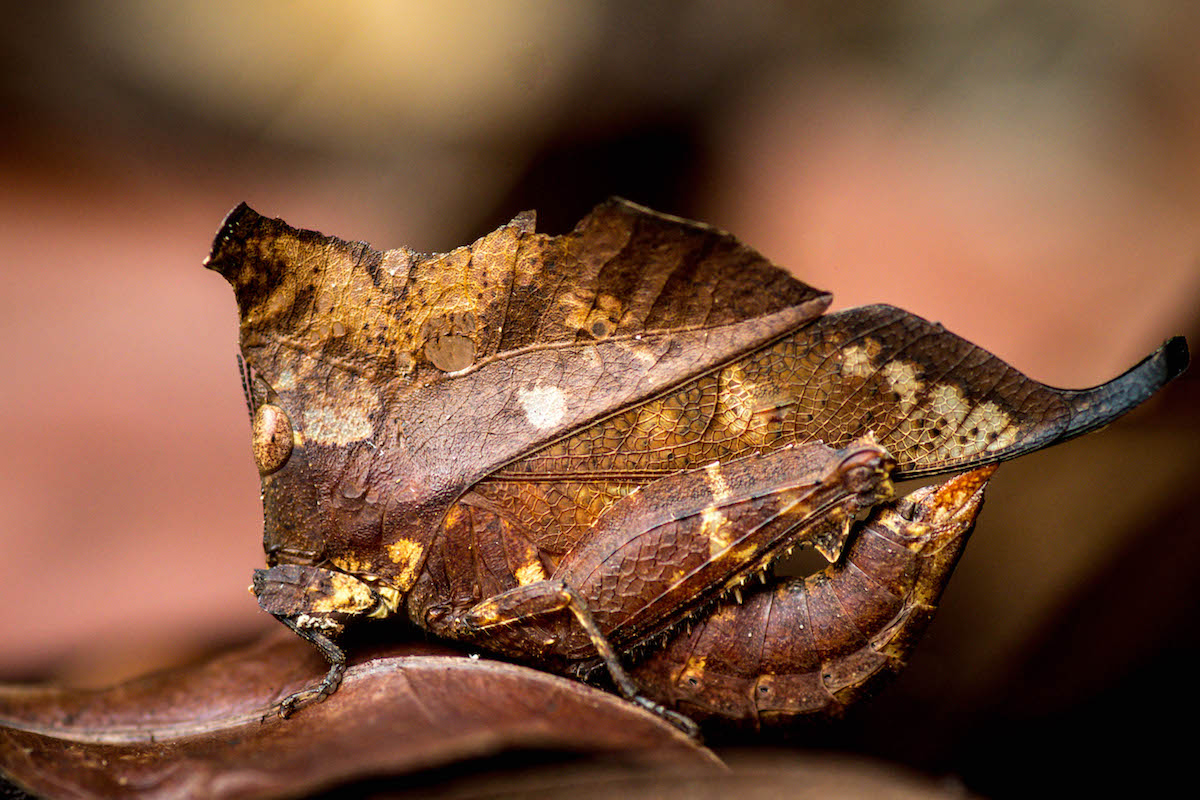
“Dead leaf or almost,” by Guilhem Duvot. Biology Photographer of the Year shortlist. “A dead leaf grasshopper. The perfect camouflage—nature is amazing. I saw the grasshopper only because it jumped.”
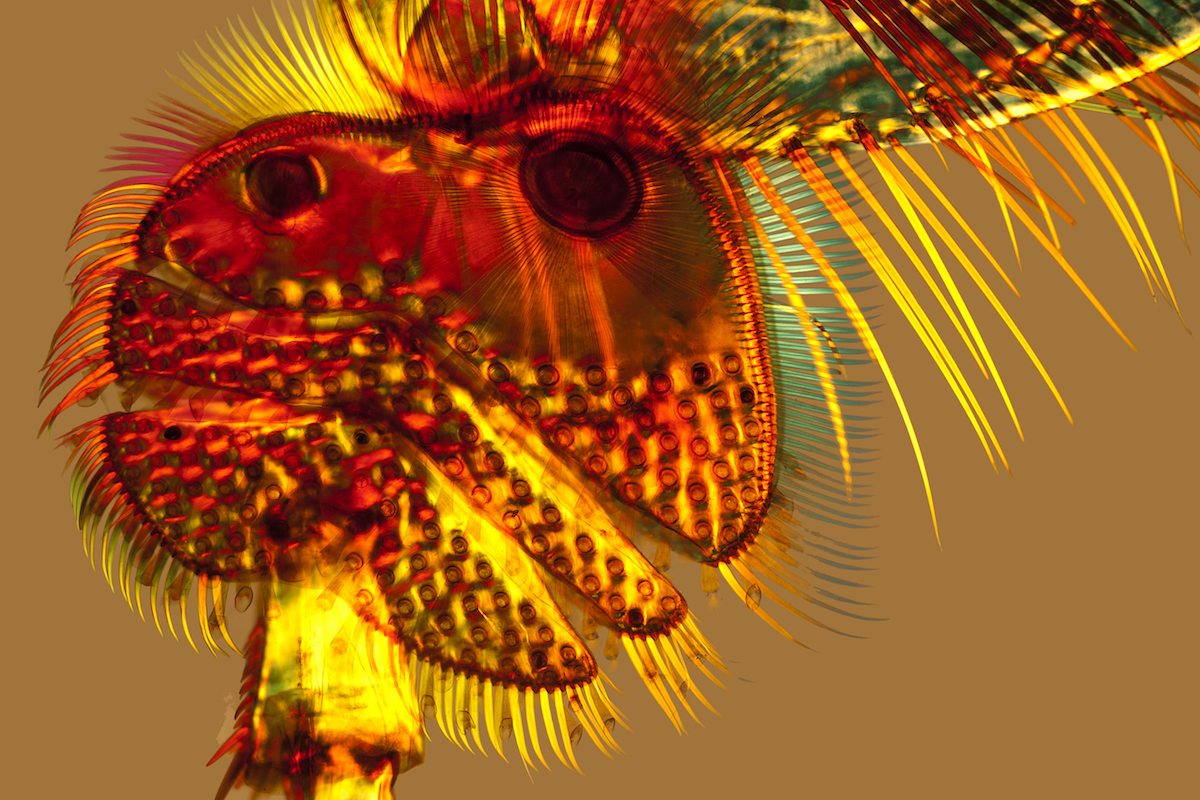
“Suckers on leg of Dytiscus beetle,” by Steve Lowry. Biology Photographer of the Year shortlist. “Polarized light micrograph of elaborate suckers found on the tarsus of the foreleg of male great diving beetles (Dytiscus marginalis). They are used to attach the male to the female during mating.”
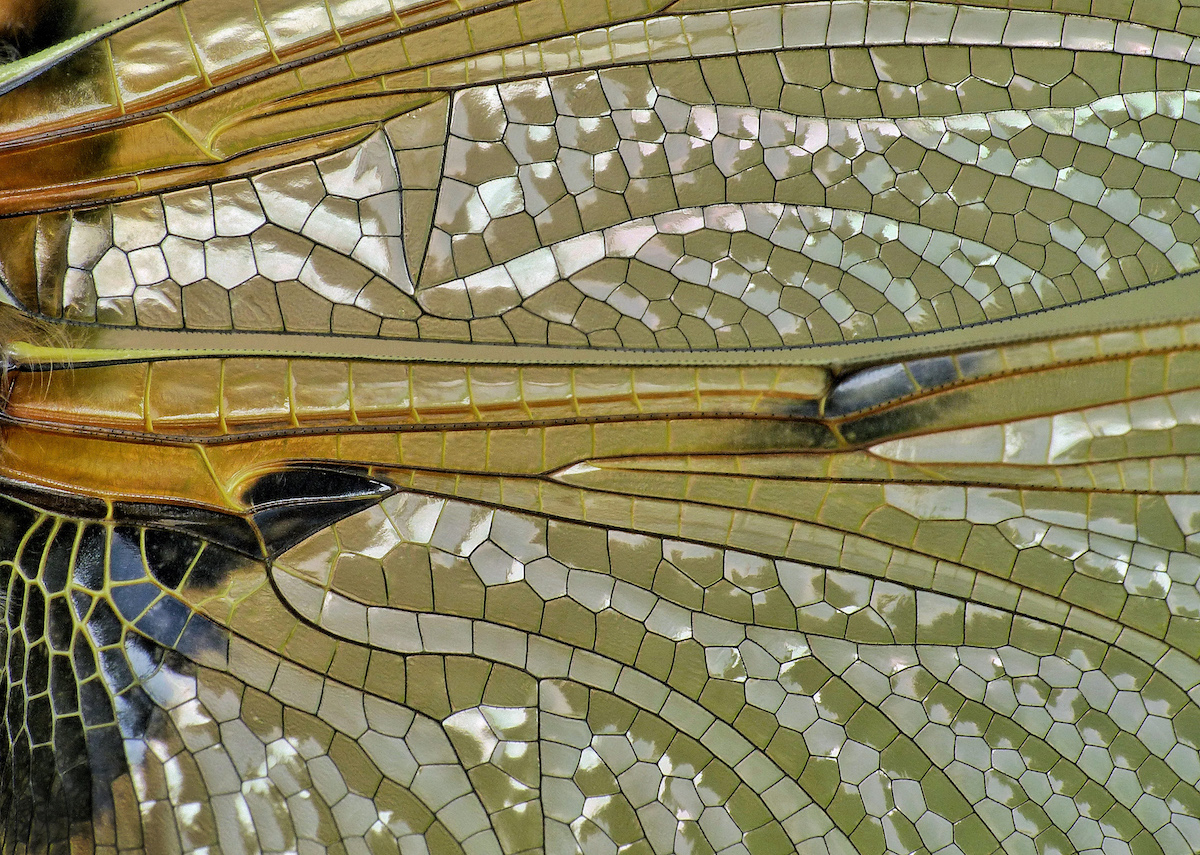
“Nature’s Stained Glass,” by Sean Clayton. Biology Photographer of the Year shortlist. “Dragonfly wings are incredibly intricate and when viewed close up I think they contain some of the most beautiful patterns in nature.”

“Bouquet de fleurs,” by Håkan Kvarnström. Biology Photographer of the Year shortlist. “Dinobryon Divergens is commonly known as golden algae. Measuring about 50 µm in length, it lives in lakes and ponds around the world and forms colonies composed of about 6 to 50 cells that are surrounded by a vase-like shell of cellulose.”
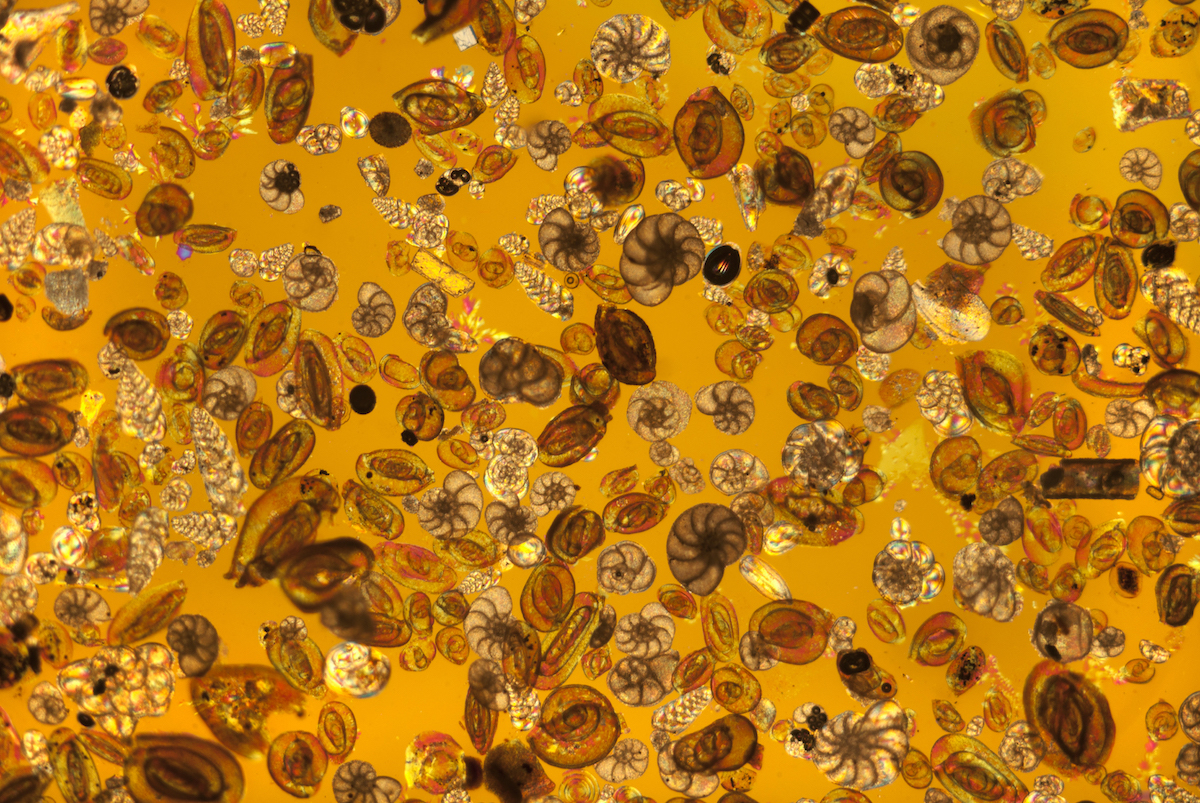
“Foraminifera shells,” by Steve Lowry. Biology Photographer of the Year shortlist. “Polarized light micrograph of elaborate suckers found on the tarsus of the foreleg of male great diving beetles (Dytiscus marginalis). They are used to attach the male to the female during mating.”
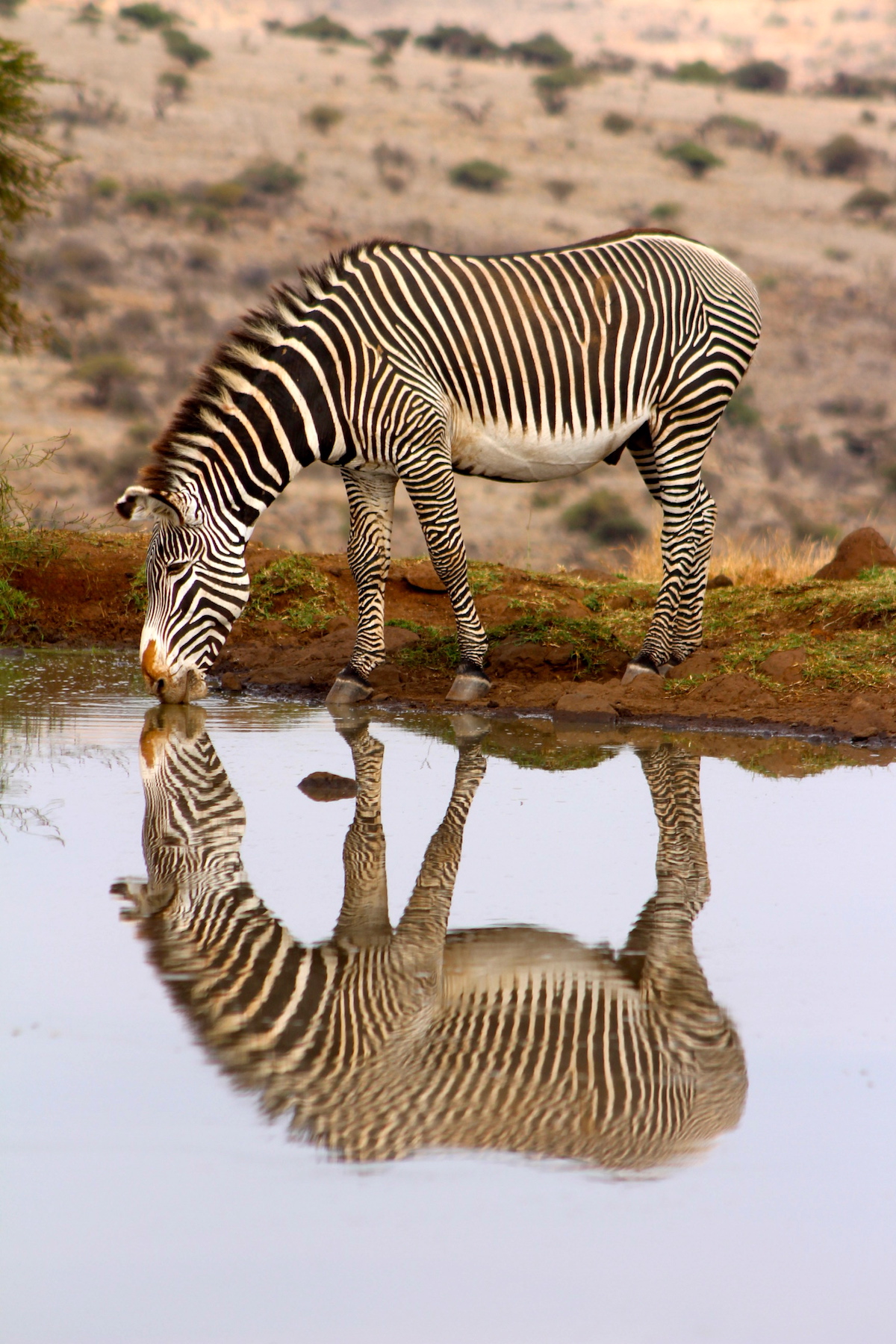
“Stripy reflections,” by Imogen Smith, age 17. Young Photographer of the Year shortlist. “This image highlights the beautiful striped pattern of the zebra, showing both the real animal and its rippled striped reflection. This particular zebra is a Gravy’s zebra, the most threatened of the three species of zebra.”
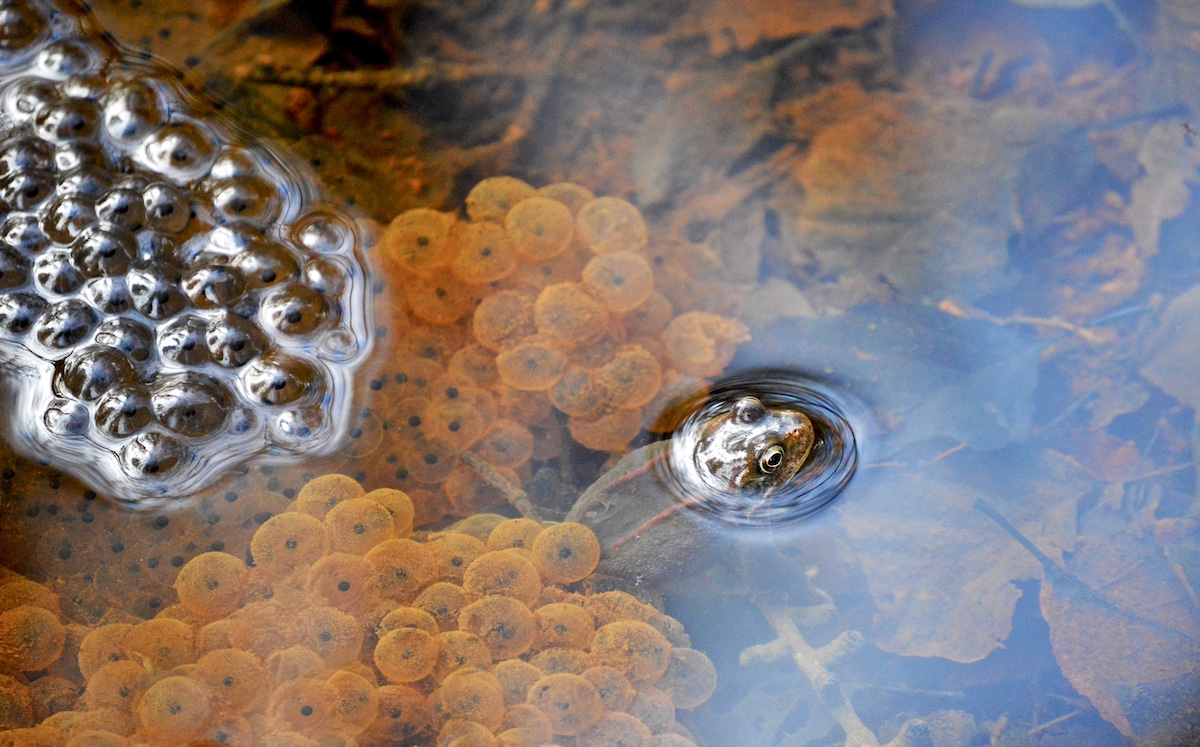
“The Natural Habitat of a Frog,” by Rebecca Keen, age 17. Young Photographer of the Year shortlist. “Surrounded by its frog spawn, this photograph shows a frog in its natural habitat. The picture depicts both the frog spawn on the top of the water and beneath its surface. Due to the lighting, angles and colors in this photograph, all elements within the image appear three dimensional.”
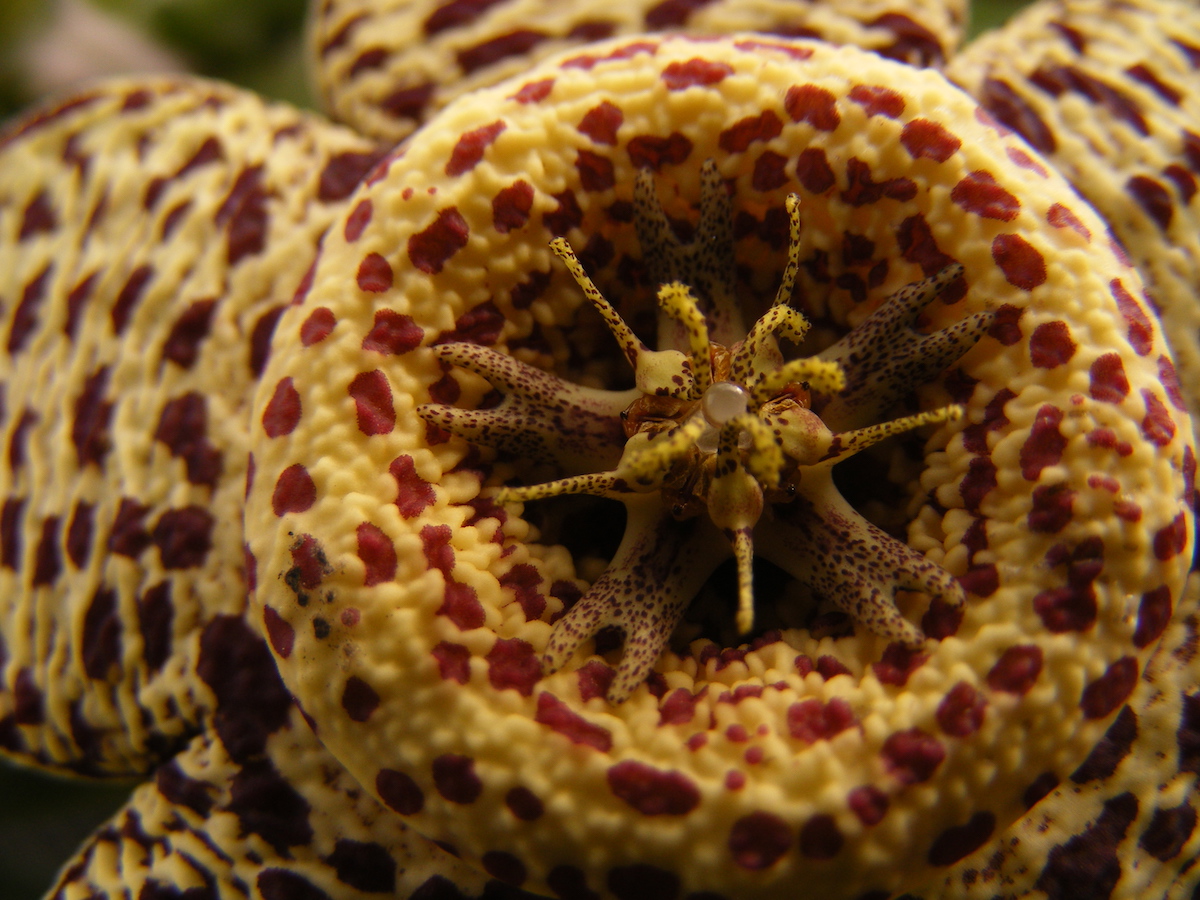
“Spots,” by Milo Hyde, age 10. Young Photographer of the Year shortlist. “Orbea variegata flower.”
